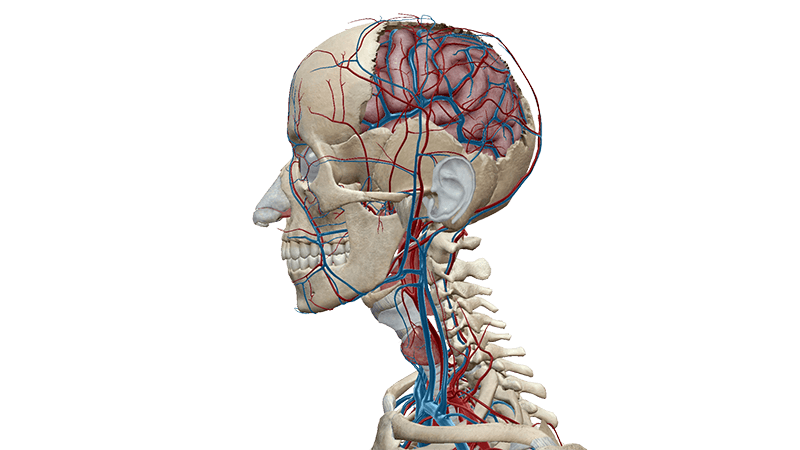Migraine and fatigue
Migraine and fatigue
Migraine is the strongest form of headache. Despite the high level of suffering for the afflicted person it is not, in my opinion, an illness like pathological headaches which are the result of illness or injury. From the point of view of orthodox medicine the reasons for migraine are largely unknown. It is assumed that disturbances in the serotonin level could be a reason. The symptons such as pain, sickness, visual disorders and muscle tension are more likely to be treated than the cause. What can be observed is an increase in pressure in the brain vessels.
Migraine makes itself felt in unbearable pain and muscle tension. Neurological deficits and psychological problems follow. Added to this are economic consequences such as medical expenses and loss of working hours. Familial problems often also occur.
The background to migraine
Pressure in the veins in the brain increases; that is a fact. The intraocular pressure is increased causing the afflicted person to seek refuge in dark rooms. Flexibility between the skull and the spinal column is either restricted or blocked. Neck pains are observable and psychological problems begin.
Insofar as there is no actual illness, all these symptons of the patient can be explained from an osteopathic point of view as follows: The connection between the skull and the spinal column is extremely sensitive. For this reason this part of the body is subject to complicated laws of motion, among other things because there are no intervertebral discs between the skull and the first and second cervical vertebrae.
Every false position in this area has catastrophic consequences. The skull consists of movable parts which at certain spots provide openings for the passage of nerves and blood vessels.
The brain and other sensory organs such as the eyes, nose and ears are thereby provided with oxygenated blood. The oxygen-deficient blood flows back to the heart. It is exactly here that the migraine problem lies. The oxygen-deficient blood has difficulty flowing off through the exit points and because of this the intercranial pressure is increased. This also explains the increased intraocular pressure and the sensitivity to light.
The position of the skull on the first cervical vertebra has to be equilibrated and the eyes must be level without strain otherwise the balance can be impaired.
That is why it is important that the cervical vertebra is in the correct position because an incorrect position leads to massive muscle tension and restriction of the blood vessels. This in turn creates strong intracranial pressure and leads to migraine.
Permanent fatigue is an observable consequence of this long-standing disturbance in the night.

Treatment
The therapy is based on two classical methods:
1 The incorrect position is corrected and the muscle tension thereby eliminated. The mobility of the cranial bones and the complete spinal column has to be restored and the uninhibited inflow and outflow of the blood achieved.
2 A relapse back into the incorrrect position must be prevented. The posture of the spinal column, in particular between the skull and the first cervical vertebra, can become very problematic at night. The hotepi sleep concept can, however, prevent a relapse.
The hotepi sleep concept can help you
The hotepi sleep concept, i.e. the treatment during the night, ensures that therapeutic success of every kind for the spinal column and in particular for the upper cervical verterbrae is permnanent and that you can live long without discomfort.
